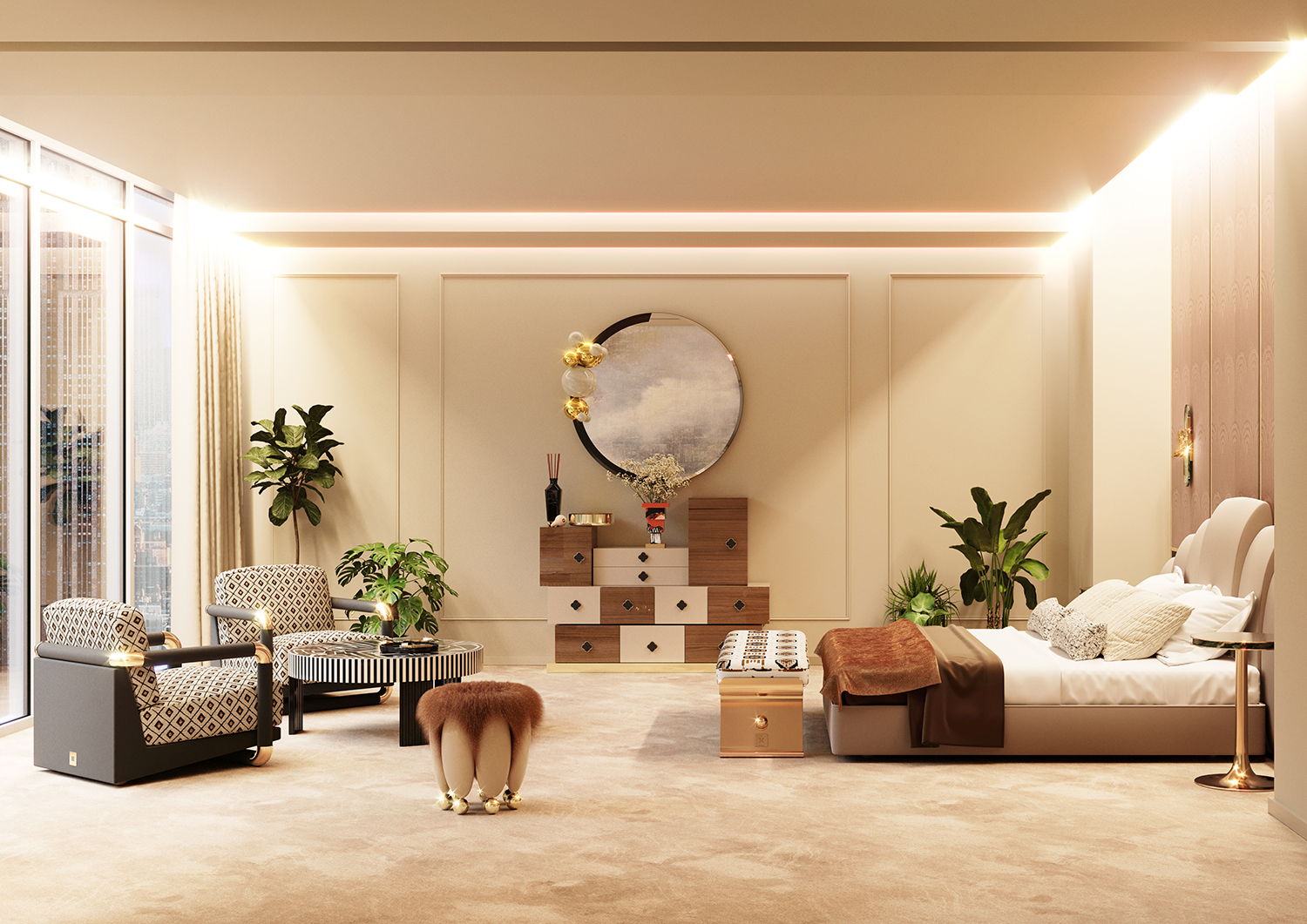Create a unique look with expert luxury interior design.
Create a unique look with expert luxury interior design.
Blog Article
Transform Your Home With Important Concepts of Interior Decoration and Aesthetics
By comprehending the impact of shade theory and the significance of texture and patterns, one can develop areas that are not only aesthetically attractive but additionally deeply personal. Achieving this stability includes more than plain decor; it includes a strategic setup and a keen understanding of just how each aspect interacts within a room.
Recognizing Shade Theory
Shade theory is a basic aspect of indoor style that significantly affects mood, understanding, and overall visual. Understanding the concepts of color concept allows developers to create areas that reverberate mentally with owners while satisfying useful demands (interior design firms). Shades can be categorized into 3 primary kinds: main, additional, and tertiary. Each group plays a vital duty in establishing consistency within a room.
The psychological influence of colors is profound; warm colors such as reds and oranges stimulate power and heat, while awesome tones like blues and eco-friendlies advertise peace and peace. The use of complementary colors improves visual rate of interest, producing striking contrasts that can boost an area's allure.
Neutral shades, on the various other hand, work as a functional background, permitting various other style aspects to radiate. It is vital to take into consideration variables such as lights and the area's objective when picking a shade combination, as these can change the understanding of colors throughout the day.
Ultimately, a well-considered color scheme can change a room, promoting a sense of comfort and style that straightens with the inhabitants' choices. Proficiency of color theory is, therefore, a vital skill for any indoor developer aiming to develop unified and inviting environments.
Attaining Equilibrium in Style
Exactly how can designers accomplish a sense of balance in their spaces? Attaining balance in layout is fundamental to developing harmonious insides.
Asymmetrical balance, on the various other hand, depends on varying aspects that still attain a cohesive appearance. This approach enables for even more dynamic and casual plans, giving rate of interest while keeping equilibrium. By meticulously selecting differing dimensions, colors, and structures, developers can create an aesthetically engaging space that feels well balanced yet energised.
Radial balance highlights a main focal point with aspects emitting outward. This style is frequently seen in round layouts, where furniture and decoration develop a cohesive surround that draws the eye inward.
Inevitably, attaining balance requires thoughtful consideration of scale, percentage, and the partnerships between elements. miami luxury interior design. By masterfully using these equilibrium concepts, developers can change rooms right into environments that feel both cosmetically pleasing and functionally harmonious, boosting the general experience for residents
Importance of Spatial Recognition

A keen sense of spatial understanding enables developers to recognize focal points within a room, directing the audience's interest to crucial functions while keeping a total feeling of unity. It additionally assists in the strategic positioning of lighting, which can considerably affect the assumption of room and state of mind. Furthermore, understanding spatial relationships enables the designer to accommodate the specific needs of inhabitants, ensuring more tips here that each area serves its desired objective without endangering aesthetics.
Ultimately, spatial recognition is vital for maximizing the possibility of any type of interior room. By very carefully thinking about the interaction in between dimensions, format, and function, developers can produce environments that not only satisfy sensible needs but additionally evoke a sense of convenience and beauty, boosting the overall living experience.
Including Structure and Patterns
Welcoming a diverse variety of structures and patterns can considerably boost the visual and responsive appeal of an interior room. The calculated use of different materials-- such as timber, metal, material, and rock-- creates deepness and interest, making a space feel a lot more inviting and vibrant. As an example, integrating smooth surface areas with rough appearances can link establish an equilibrium that attracts the eye and engages the detects.
When incorporating patterns, take into consideration both scale and repeating. Huge patterns can work as centerpieces, while smaller sized, refined designs can match various other components without overwhelming the area. Layering patterns, such as pairing flower paddings with striped tosses, includes intricacy and a sense of harmony if implemented attentively.
It is likewise vital to keep a natural shade combination, making certain that appearances and patterns function with each other as opposed to complete for focus. By picking a few essential textures and patterns, you can create an unified visual that mirrors your individual design while improving the general ambiance of the room. Inevitably, the mindful consolidation of these aspects can transform a mundane room right into an advanced environment abundant with personality and heat.
Individualizing Your Area
Producing an area that reflects your character is essential to attaining a truly inviting atmosphere. Personalization in interior decoration allows you to instill your special style and passions into your home, changing it from a simple sanctuary into a sanctuary that talks to who you are. Begin by picking a color scheme that resonates with your feelings-- bold tones can stimulate, while soft tones supply harmony.
Incorporate art work and decor that show your passions, whether it be travel, nature, or abstract principles. Showing individual collections, such as books, pictures, or souvenirs, can stimulate cherished memories and develop focal points within a space. Additionally, think about tailoring practical items, like upholstered furniture, to straighten with your aesthetic preferences.

Verdict
In conclusion, the change of a home via the necessary concepts of interior decoration and visual appeal requires a thorough understanding of shade concept, balance, spatial recognition, texture, and personalization. Each element contributes considerably to developing a harmonious and useful living environment - interior design firms. By attentively incorporating these concepts, people can boost the aesthetic allure and psychological vibration of their rooms, inevitably cultivating a home that mirrors one-of-a-kind identifications while providing comfort and practicality
Report this page